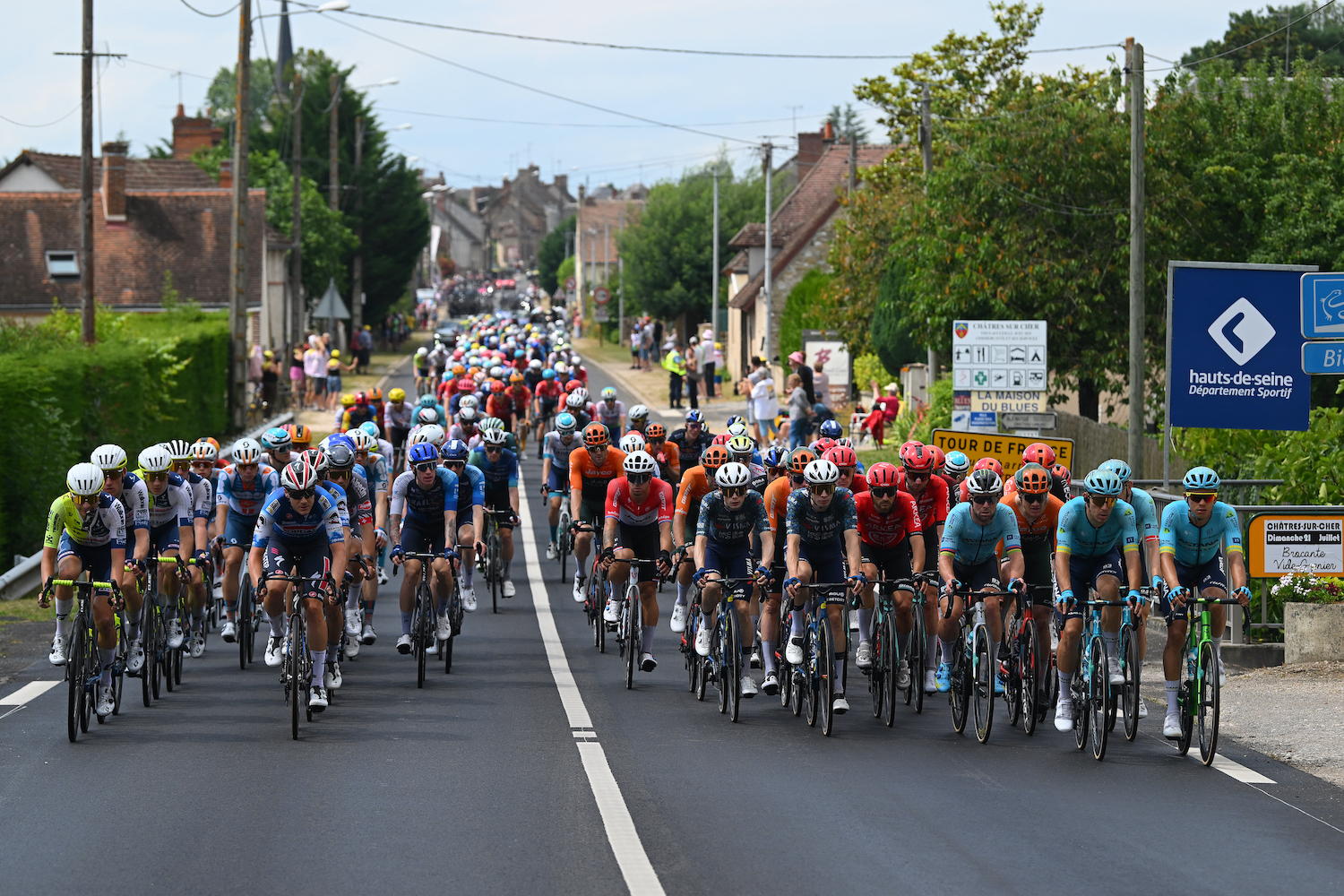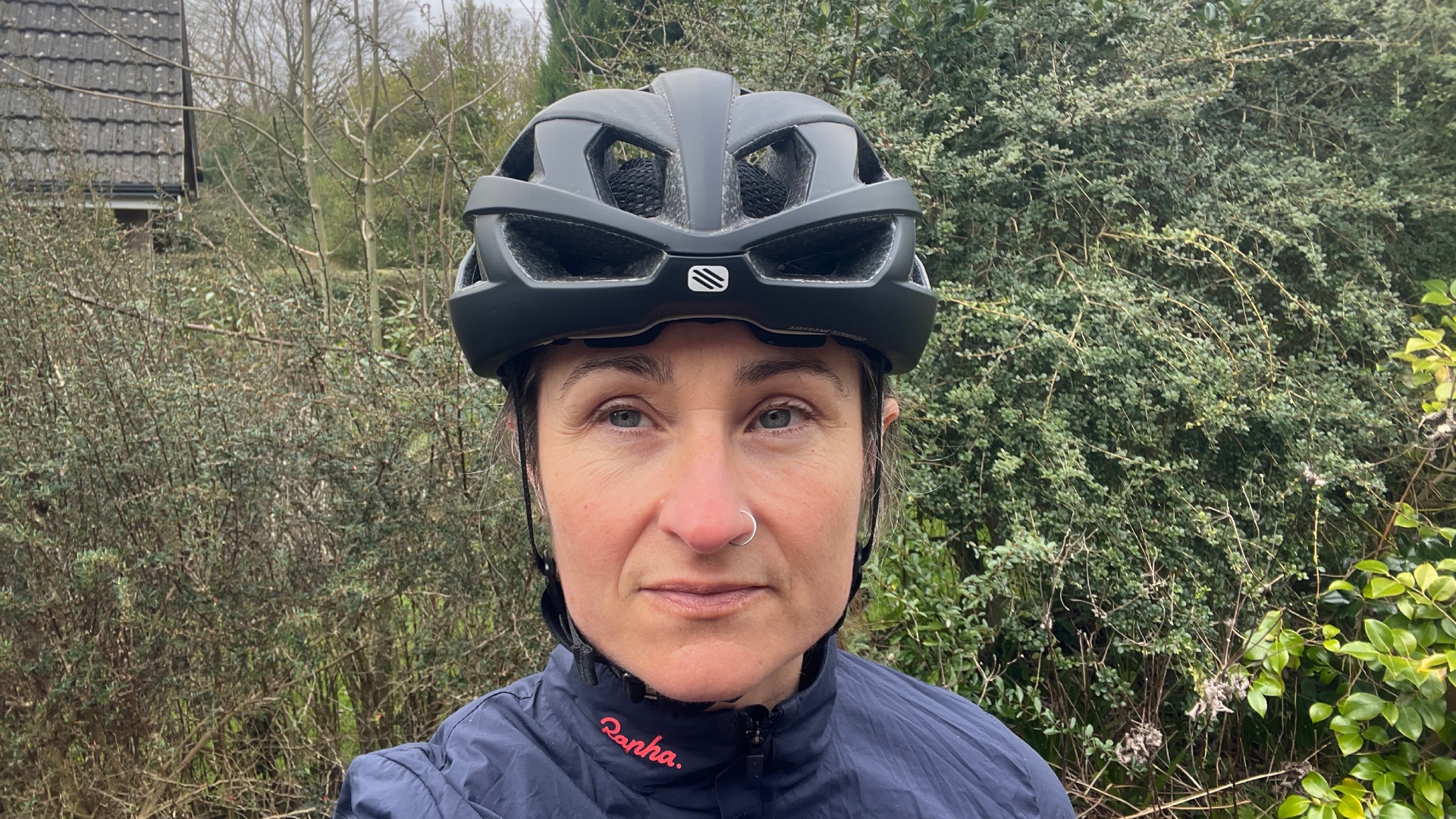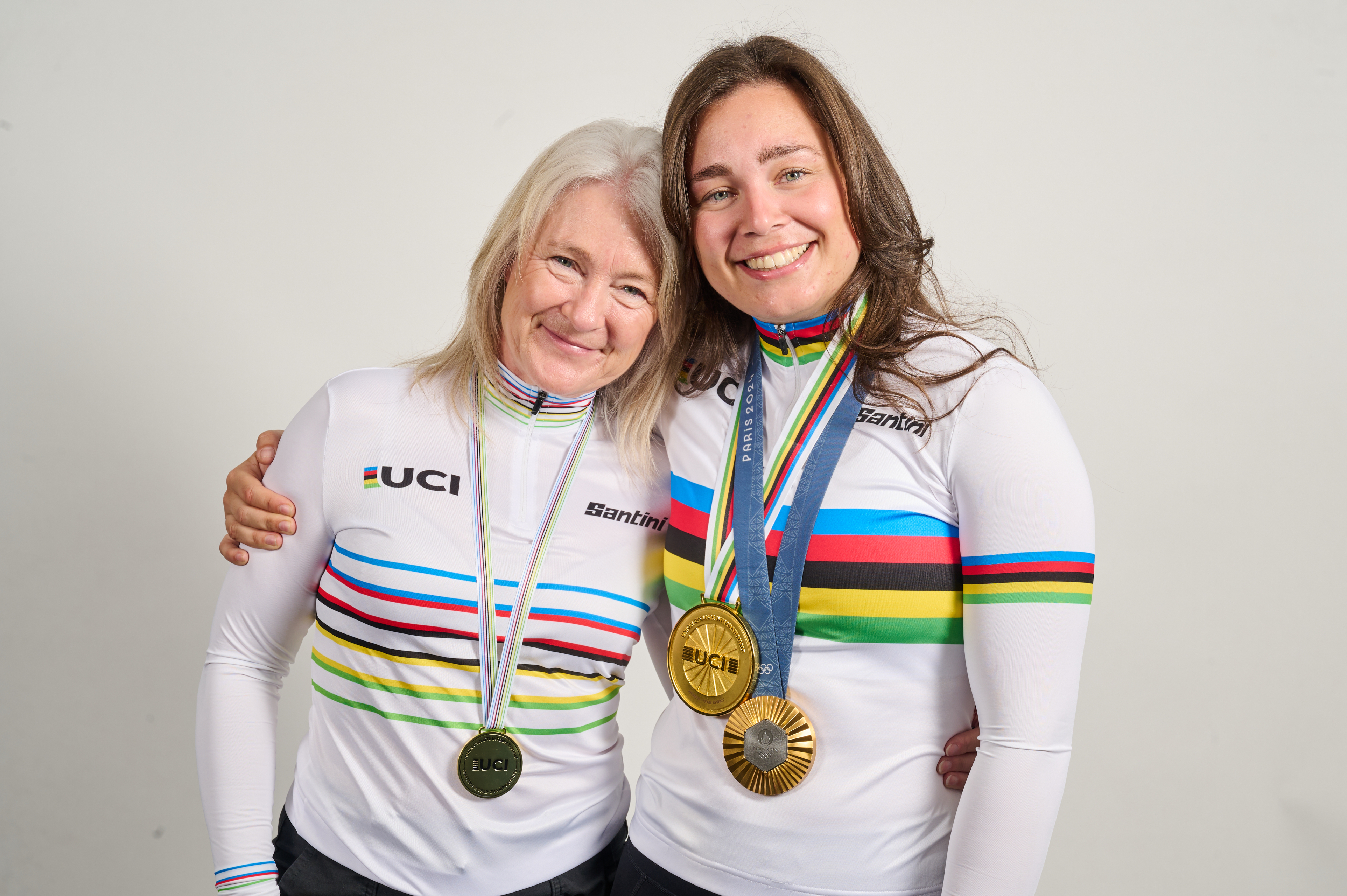Cycling's governing body to ban carbon monoxide inhalation
The practice will be outlawed as of next week


The practice of inhaling carbon monoxide is set to be banned in professional cycling, anywhere outside of medical facilities, from next Monday, 10 February.
The ban was announced by cycling's world governing body – the Union Cycliste Internationale (UCI) – at the weekend and will be introduced to "protect the health of the riders", it says.
Carbon monoxide rebreathing came to prominence at last year's Tour de France, when teams and riders were forced to explain why they were using the practice to help aid with performance.
Using a rebreathing device, the gas can be used to monitor physiological parameters such as haemoglobin counts and is usually used before and after altitude camps to pinpoint changes.
But carbon monoxide is a dangerous gas that, when breathed, can result in a litany of issues from lethargy to seizures, paralysis and death.
The new regulation does not only prohibit the practice of carbon monoxide inhalation, it also outlaws the possession of the rebreathing equipment anywhere outside of a medical facility.
This applies to teams, individuals, bodies and "anyone else who might possess such equipment on behalf of riders or teams", the UCI said in a statement.
Get The Leadout Newsletter
The latest race content, interviews, features, reviews and expert buying guides, direct to your inbox!
Even within a medical facility there will be strict rules on how the practice is carried out. It must be done: "under the responsibility of a medical professional experienced in the manipulation of this gas for medical reasons and in line with the following restrictions: only one CO inhalation to measure total Hb mass will be permitted. A second CO inhalation will only be authorised two weeks after the initial Hb measurement."
Every inhalation must be recorded in an athlete's medical record.
Both Tadej Pogačar and Jonas Vingegaard were asked about it during the Tour de France.
Pogačar, after initially claiming ignorance, clarified: “It’s a test in altitude camp to see how you respond to altitude,” he said. “You need to do this test, it’s like a two- or three-minute-long test. You breathe into a balloon for one minute and then you see the haemoglobin mass."
Vingegaard insisted: “There is nothing suspicious about it. We measure how many red blood cells you have in your blood and the effect of altitude training camp."
UCI president David Lappartient called it "a bold and necessary stance by banning the repeated use of carbon monoxide inhalation on medical grounds. Our priority is to protect the health and safety of our athletes and today’s decision is another significant step in this direction."

Thank you for reading 20 articles this month* Join now for unlimited access
Enjoy your first month for just £1 / $1 / €1
*Read 5 free articles per month without a subscription

Join now for unlimited access
Try first month for just £1 / $1 / €1
After cutting his teeth on local and national newspapers, James began at Cycling Weekly as a sub-editor in 2000 when the current office was literally all fields.
Eventually becoming chief sub-editor, in 2016 he switched to the job of full-time writer, and covers news, racing and features.
A lifelong cyclist and cycling fan, James's racing days (and most of his fitness) are now behind him. But he still rides regularly, both on the road and on the gravelly stuff.
You must confirm your public display name before commenting
Please logout and then login again, you will then be prompted to enter your display name.
-
 Rudy Project Rebel bike helmet review
Rudy Project Rebel bike helmet reviewRebelling against the solid shell oversized helmet fashion, the Rudy Project Rebel goes big on ventilation and breathability, but there is a weight penalty
By Hannah Bussey Published
-
 'I wanted to be world and Olympic champion – my parents made me feel that it was possible': Meet Sophie Capewell and her gold medal-winning mum
'I wanted to be world and Olympic champion – my parents made me feel that it was possible': Meet Sophie Capewell and her gold medal-winning mumSome mothers and daughters make memories together. The world-beating Capewells make history too. Tom Davidson meets the extraordinary duo
By Tom Davidson Published